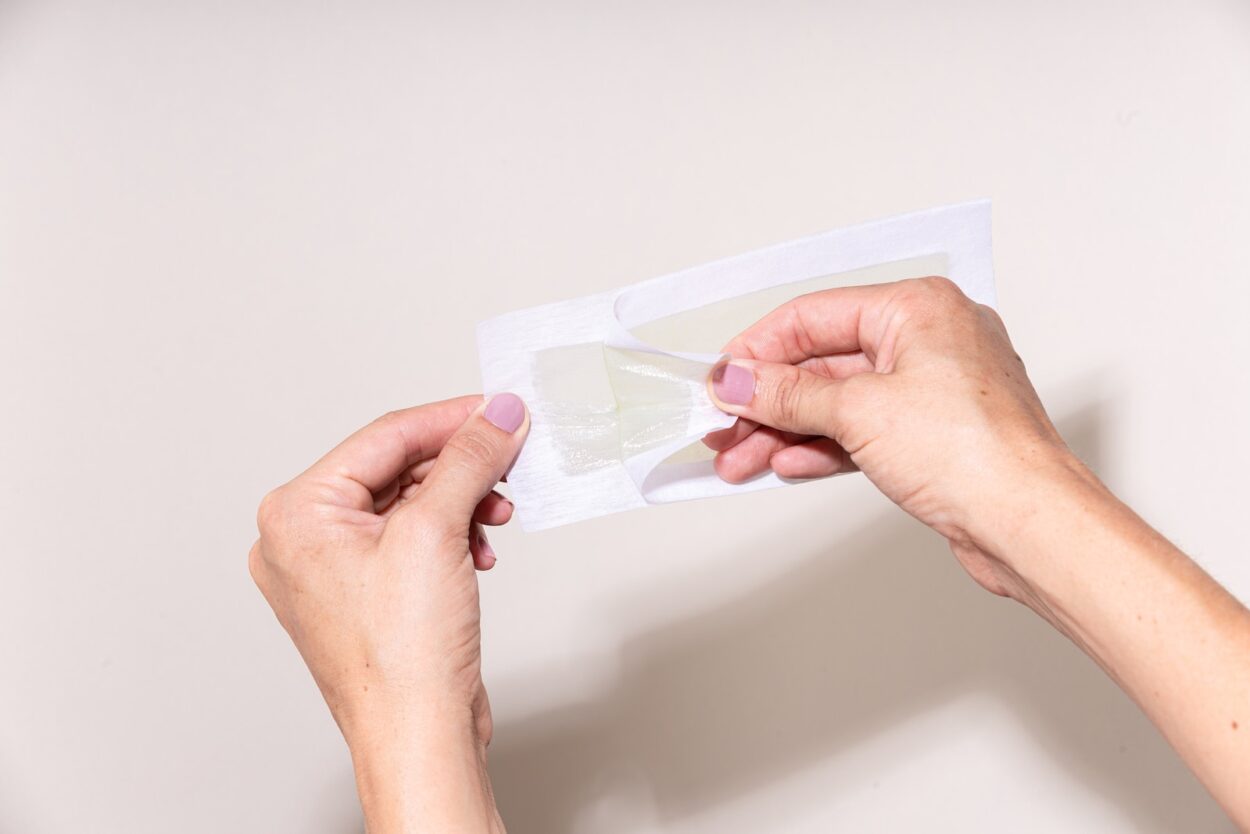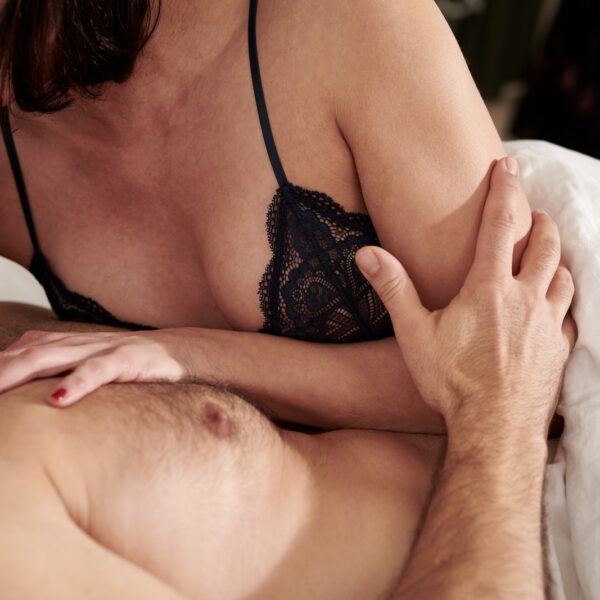Whether you’re a genital purist or a fashion devotee who wants to be totally bare down there, waxing can be mind-blowingly painful. Especially for first-timers.
But there are a few things you can do to make the experience less jarring. For starters, make sure your wax is the correct temperature – This snippet of text comes from the service’s authors Teen Sex Adventure.
1. Clean the area
Your vulva is one of the few places on your body that self-cleans (and no, it’s not gross). It has its own healthy ecosystem that keeps it clean. It does this with natural vaginal secretions, and it’s regulated by the body to prevent over-cleaning.
Washing the area too frequently can cause itchiness, irritation and can strip your vulva of its natural pH. Using scented soaps or douches can also cause these issues.
You should gently wash your vulva with warm water and mild soap every day, or use unscented wet wipes. Make sure to wipe from front to back (one study found that wiping the wrong way can boost your risk for a UTI by 64%) and wear breathable underwear. It’s best to avoid chlorine, bleach, talcum powder and deodorant.
2. Prepare the wax
When it comes to hair removal, there are many options. Whether it’s shaving, waxing strips or a Brazilian wax (which rips the entire hair off from the inner labia, perineum and up to the butt crack), there are a lot of ways to go about it.
The key to a painless wax is prepping the area. That means exfoliating, using powder to help the wax adhere and making sure the hairs are about a grain of rice in length.
It’s also important to make sure the wax is at the right temperature. It should be warm enough to spread, but not hot. Putting it in a wax warmer can keep it at just the right consistency. Also, it’s a good idea to stir and test the wax frequently.
3. Apply the wax
Before applying wax, lightly rub a powder onto the area to absorb excess oil and make it less slippery. It also helps the wax stick to your hairs more effectively. When you apply the wax, smear it on in the direction of your hair growth. It’s best to avoid ripping it against the hair growth, as this can lead to ingrown hairs.
If you’re a first-timer, it might help to have a friend or family member hold your skin taut while you apply the wax. This will help ensure an even, smooth removal and reduce any discomfort.
Once the wax has hardened, you can rip it off. It might hurt a bit, but it will be much faster and cleaner than shaving. Then you can be smooth, hair-free for days!
4. Hold the skin taut
Whether or not you keep your pubic hair trim for society’s beauty standards is entirely up to you, but if you do, it helps to make sure the skin is taut. This helps the wax spread evenly and reduces pain. For this reason, it’s best to do intimate waxing from the back, starting at the thighs and moving down to the vulva crack and pubic mound. This position is most comfortable for your client and the most accessible to you, making it easy to apply the right amount of pressure. This also allows you to reach even the most difficult-to-reach areas.
5. Pull in the opposite direction of hair growth
A common myth is that hair removal needs to be done against the direction of growth, but that’s not true. Instead, you should always spread the wax layer in the same direction that hair grows and then pull it off in the opposite direction.
For a clean, smooth finish, exfoliate the area before you wax. This also helps prevent ingrown hairs.
When applying the hard wax, it’s important to apply a thick enough layer that it covers all of the hair follicles. This can be difficult to do on your own, so practice on your thigh first. And remember, if you’re having trouble determining the direction of hair growth, you can break larger areas down into quadrants and study how the hair grows there.
6. Remove the wax
The hair removal process is much faster and less painful if you use a hard wax, like dark green or yellow. “This type of wax sticks to the hair and not the skin, so it’s easier to pull off,” says Gunter.
Gunter suggests exfoliating the area before and after waxing to prevent ingrown hairs, which can be incredibly uncomfortable. She also avoids putting on tight-fitting clothing in the days after waxing. This can cause friction and heat, which could close your pores and make it more difficult to remove hair in the future.
Gunter warns against trying to DIY a Hollywood wax at home, which involves removing all the hair in the vulva and pubic region. This kind of waxing is best left to professionals, who have seen it all (and gotten it all off). They know how to handle the mess and can do it safely.
7. Clean up
As you’re waxing, keep a pair of tweezers handy to catch any stray hairs. Also, be sure to use a soothing lotion or anti-ingrown hair spray post-wax to calm the skin and prevent redness.
Vaginas are finally getting their time in the spotlight thanks to Gwyneth Paltrow’s jade yoni egg and Khloe Kardashian’s eight-step vajacial. But while the crotch area is getting more attention than ever before, most gynecologists still warn against grooming or waxing it.
Our hands carry a lot of bacteria, and it has no business being in or around our vaginas. Wash the vulva (the outer part of the female genitals, which includes the labia and clitoral hood) regularly with warm water and a pH-balanced cleanser. And skip the loofahs and washcloths, which can irritate the delicate area.




Leave a Comment